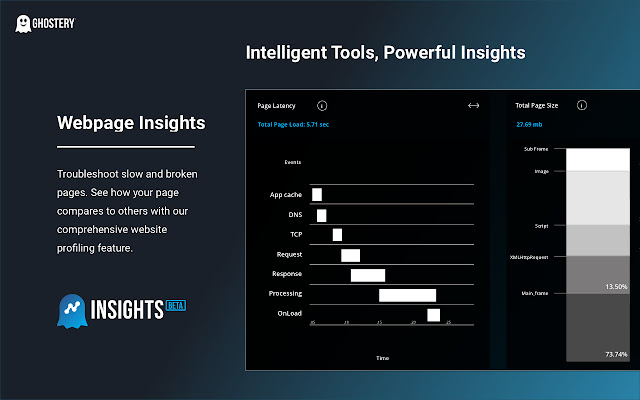
What’s the Difference Between a Challenge and an Evaluation in a Forex Prop Firm?
Imagine stepping into a bustling trading floor, the buzz of screens flickering, charts dancing everywhere, and traders shouting over the clatter — all in pursuit of that last bit of profit. Forex prop firms are kind of like that, but with a twist: they often run programs called “challenges” and “evaluations” to see if you’re the right fit. If you’re thinking about breaking into prop trading or just curious how they sort the wheat from the chaff, understanding what separates a challenge from an evaluation can save you from confusion — and maybe even a few bucks.
What Is a Challenge in a Forex Prop Firm?
A challenge is basically a test — a structured, usually time-limited hurdle that traders must pass to unlock a funded account. Think of it as the entrance exam to a prestigious school, but instead of textbooks, you’re showcasing your trading skills. Most prop firms set rules around profit targets, drawdown limits, and trading days, expecting you to demonstrate consistency and discipline.
Picture this: You’re given a $50,000 account with a 10% profit target and a 5% maximum drawdown. You have 30 days to prove you can grow that account without overstepping the rules. If you succeed, the firm grants you actual trading capital — you become a funded trader, sharing in the profits. Challenges push traders to showcase not just quick wins but sustainable strategies under pressure.
Why go for a challenge? Because it’s often more structured, with clear goals and a step-by-step process. It’s like passing a certification exam — get the badge, and you’re in.
What About an Evaluation?
An evaluation is similar but tends to be more like an ongoing probation period. Instead of a “one-shot” event, it’s usually a process where your trading style and discipline are monitored over time. Some firms have a two-phase process: first, a trader demonstrates their skills by trading a demo account or small live account, and then they move into a real-money evaluation period.
This phase is about proving you can handle real market conditions without blowing up the account. Many firms see evaluation periods as a way to assess consistency rather than just a one-time performance spike. It’s less about hitting a set target in a limited window and more about demonstrating sound risk management and stability over weeks or months.
Why might someone prefer an evaluation? Because it offers a more flexible, less pressured environment, giving traders room for mistakes while still assessing their suitability for funded trading.
Comparing the Two: The Inside Scoop
- Time Frame: Challenges tend to be shorter – a month or less – with specific goals. Evaluations may stretch longer, even into multiple rounds, reflecting ongoing performance.
- Structure: Challenges are often black-and-white: hit the profit target without breaching drawdown limits, and you pass. Evaluations are more about demonstrating consistency and discipline over time.
- Purpose: Challenges aim to filter traders quickly, rewarding those who meet tight criteria. Evaluations are about measuring traders’ resilience and approach to trading as they build trust with the firm.
- Risk & Cost: Challenges often require an entry fee, like $100–$500, but can lead directly to funded accounts. Evaluations may be free or cheaper, focusing more on the trader’s ongoing suitability.
Example in Action
Imagine two traders: Jamie nails the challenge by hitting the profit goal in 20 days but then encounters a big loss on the last day and breaches limits. The firm might see that as a red flag. Meanwhile, Alex goes through an evaluation period, makes mistakes early on but keeps risk in check and steadily improves — proving they’re a reliable trader over a longer arc.
The Industry’s Future: Whats Next?
As the prop trading landscape evolves, so do the ways traders are tested. With the rise of decentralized finance, smart contracts on blockchain are beginning to automate these evaluation and challenge processes, making them more transparent and tamper-proof. Imagine a challenge where your results are recorded on the blockchain, encouraging fair play and clear standards.
Artificial Intelligence is also making waves, helping firms analyze traders’ behavior, risk-management skills, and decision-making patterns more precisely. AI-driven trading systems are enabling smarter strategies that adapt to market changes faster, which benefits traders ready to embrace technology.
The future of prop trading looks bright, blending traditional skill assessments with innovations like decentralized finance, AI, and automation. As these tools become more accessible, it opens doors for traders worldwide, regardless of their starting point.
In a nutshell: Whether it’s a challenge or an evaluation, the key is to treat these as stepping stones — ways to refine your skills in a supportive, structured environment. The industry is shifting toward transparency and technology, and traders who stay adaptable will be the ones to thrive.
Final Thought
Thinking about diving into prop trading? Remember, every step — from challenges to evaluations — is part of a journey toward mastering markets. These tests are less about passing or failing and more about learning your strengths, sharpening your strategy, and building resilience. The trading world is evolving fast, and the ones who embrace change and continue sharpening their edge will always have the upper hand.
Trade smarter, trade bolder — your future as a funded trader starts now!

